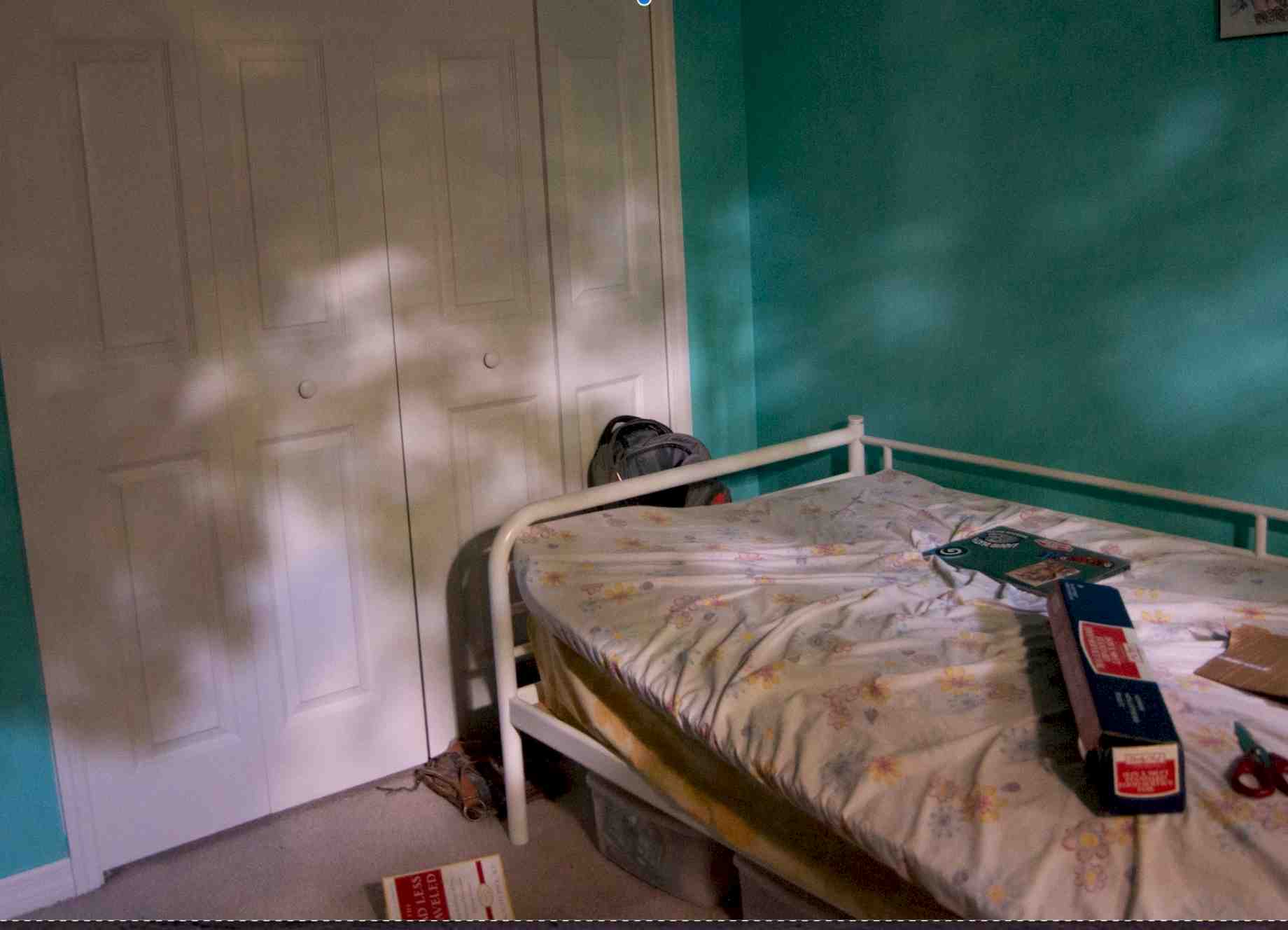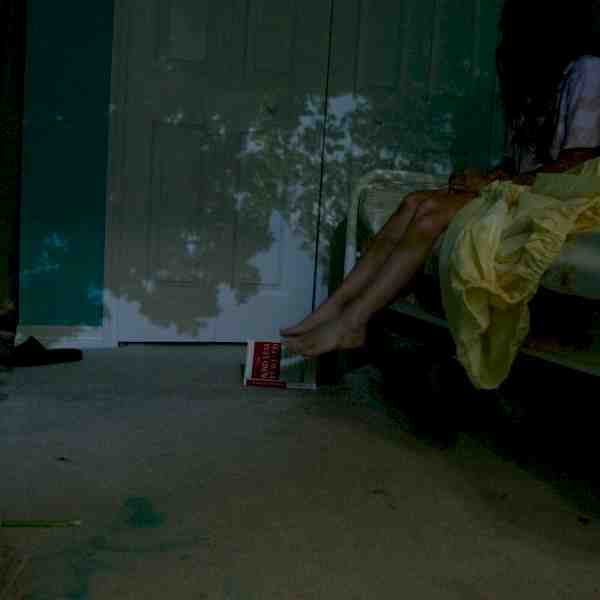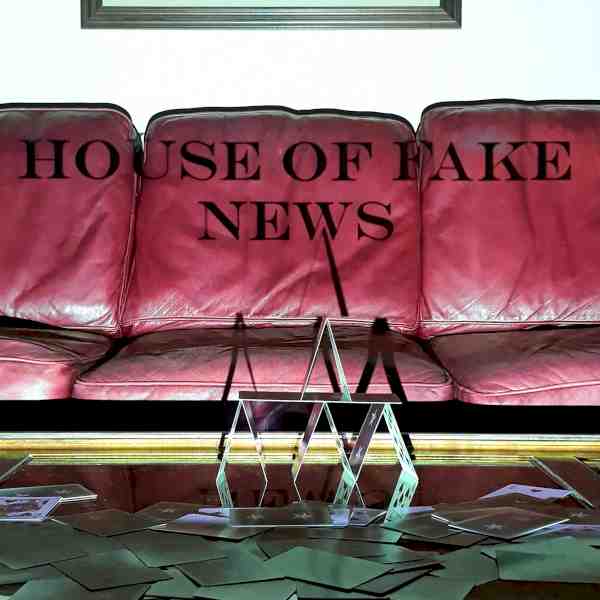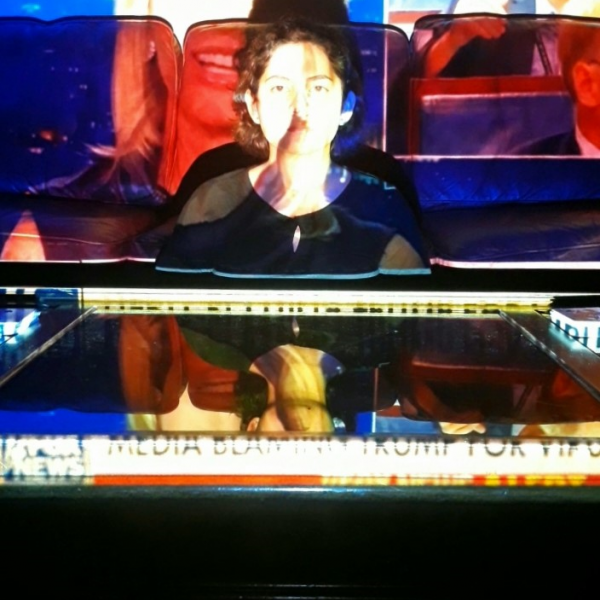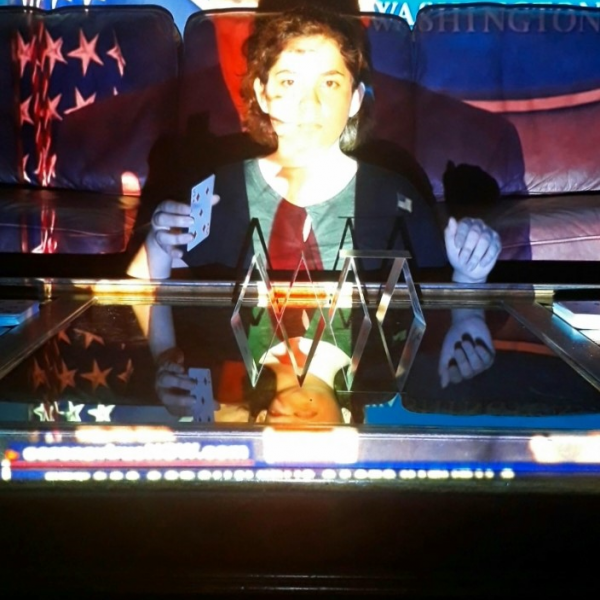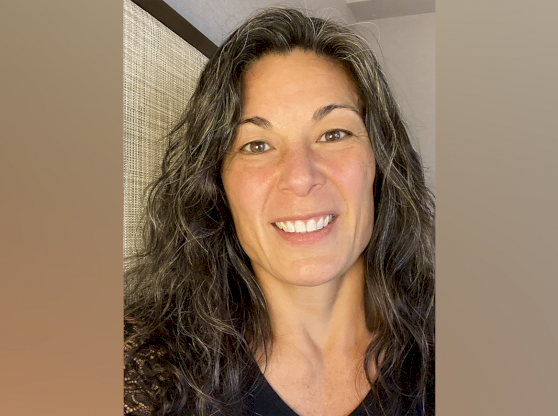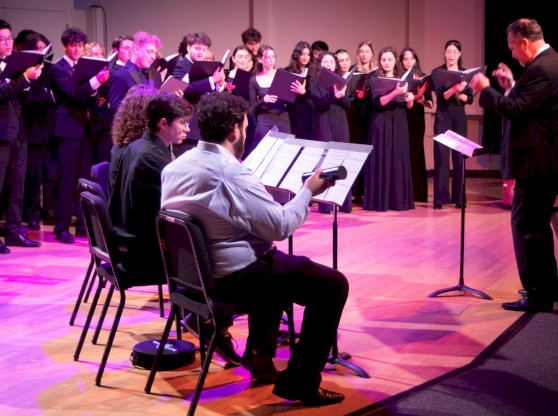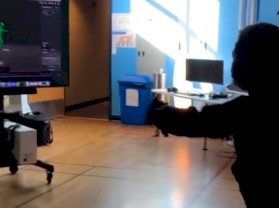In the Workshop for Artistic Research and Practice—an introductory course for undergraduates in the School of Art and Art History—students have access to WARPhaus, a studio environment with materials and tools to explore a variety of arts media.
With classes shifting entirely online, Lecturer Meghan Moe Beitiks and Adjunct Assistant Professor Annemarie Furlong adjusted the display and exhibition logistics of the final project, which focused on the use of metaphors and symbols to communicate implicit ideas. The course's teaching assistants Jasmine Ramos, India Brooks, Franklin Ratliff, Sonia Vera-Leon, Vincent Granela, and a group of open studio monitors helped curate the virtual exhibition on Instagram and advised the development of the artwork.
"I am amazed by the creativity and resiliency of our students," Furlong said. "The shift to at-home studios mid-semester was a challenge, but students found unique ways to create conceptually rich and ambitious artworks."
Stuck in their homes, students took to their garages, bedrooms, and backyards to create their home studio set-ups. Even with less-than-ideal situations, their products were a reflection of their own experiences and specific to their spaces. Projects included site-specific backyard sculpture, paintings created for a room in a house, or reimagined interior design.
Here are a few of their stories.
House of Fake News
Originally, Alexandra Brown intended to create a sculptural piece that commented on the spread of misinformation by media outlets. But without access to studios on campus and being constantly surrounded by mixed messages of the global pandemic, she pivoted.
“As time passed, COVID-19 became all I could think about,” the rising second-year art student said. “Watching the news and press briefings with my family inspired me to center my project on this.”
Drawing inspiration from her previous project in WARP, a group performance, she decided to turn her piece into visual performance art.
“The change of setting when it came to workplace demanded that I be more resourceful and decisive about my materials,” she said. “Being in quarantine, I did not have many materials readily available to me, and I did not want to risk going out to get them. It became a question of how can I do this with what I have?”
Equipped with a laptop, projector, and deck of cards, Brown set to work gathering and editing together news clips. Sitting in her living room, she recorded herself building a house of cards while video clips from the news and presidential press briefings on the COVID-19 crisis were projected onto her.
“In the end, I think the living room space gave my project an authentic setting that I wouldn’t have had otherwise,” she said. “All things considered I am happy with my final piece. I think these conditions drove me to think outside of my usual process and resulted in a project that for me was more experimental.”
RISK-REWARD
Summer Grayden said she was lucky enough to have a spare room to work in at home. This is where she spent every day working on her project, RISK-REWARD, a visual representation of a spinning coin.
Grayden’s piece reflected the process of making difficult decisions. When trying to choose between two options, both with their own pros and cons, sometimes people flip a coin, the first-year art student said.
The coin in her work moves intentionally slow.
“My piece kind of slows down the feeling of flipping a coin,” she said. “It slows down the gut feeling of wanting the coin to land a certain way.”
Grayden found personal connections to the idea of being presented with the two decisions—heads or tails.
“It shows two different alternatives, kind of like a future that I could have personally,” she said, “whether that’s focusing on art and music and maybe PA school or focusing on sciences and going to med school.”
The mechanical construction of her work presented the most challenges, and she quickly realized how much she had valued the access and materials available at WARPhaus.
The mechanism she ordered for the spinning function couldn’t hold the weight of the paper and poster board that made up the coin at first. Grayden said it took some trial and error to mount it to the wall, attach it to a pole, and string it from the ceiling.
Once it was up and working, the next step was to share the work digitally, as part of the WARPhaus final exhibition on Instagram. Grayden said she isn’t really a photography expert, so it took a little work to get the lighting right, but the exercise really helped her learn how to display her work in a visually appealing digital method.
As an art and pre-health student, Grayden looks forward to experimenting with more materials, specifically her drawing and type classes this fall.
Transference
Raleigh Forbell’s biggest challenge was transforming her bedroom at her parents’ house.
Forbell’s instructor, Adjunct Assistant Professor Annemarie Furlong, suggested she try a camera obscura projection for her project. The technique involves blacking out a window and taking photographs through a pinhole image, which produces indoor reflections of the outside world displayed within a room.
Forbell said black poster board is best, but she didn’t want to go to the store while social isolation recommendations were in place.
“I just went around my house to find materials,” she said. “It took so long to find everything to actually blackout my window.”
The actual process took Forbell about six hours. She wanted to document the process of the room becoming darker and the image of the trees outside becoming clearer. The natural environment around her parents’ house actually proved to be perfect, she said.
“I thought that it was relevant this kind of metaphor of transferring the outside world and bringing it inside during pandemic times like corona,” she said. “It definitely felt like a very reflective piece then. I kind of just sat with it after I did it all.”
Forbell said that she found it difficult at times to find the motivation to start the creative process.
“It’s hard when you were thinking about it be in a gallery space, and it kind of all just changed,” she said.
Creating in her own space gave her a greater appreciation for the social interactions she used to get from in-person classes.
“You sort of miss those interactions with other people and their thoughts and opinions,” she said. “And I feel like interactions really shape who we are. It’s definitely something that I thought was necessary to grow as an artist. Even though introspection is necessary for growth, it’s a balance."
